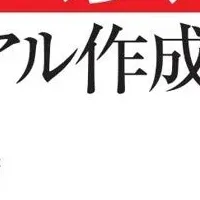
S&W Seed Company Reports Third Quarter Fiscal 2025 Financial Results and Strategic Insights
S&W Seed Company Financial Performance Overview
The S&W Seed Company (Nasdaq: SANW) has recently revealed its financial results for the third quarter ending March 31, 2025. This announcement comes during a pivotal period for the company as it navigates various market challenges and opportunities in the agricultural sector.
Q3 Fiscal 2025 Financial Highlights
S&W reported total revenue of $9.6 million for the third quarter, marking a 2.0% increase compared to the same quarter in the previous fiscal year. This growth is attributed to stronger sales in non-dormant alfalfa and conventional grain sorghum, alongside a promising launch of its Prussic Acid Free sorghum product.
One of the key improvements noted was the gross profit margin, which jumped to 37.7% from 24.6% year-over-year. The enhanced margin was influenced by better lifecycle management and a favorable shift toward higher-margin products like the Prussic Acid Free sorghum.
Operating expenses for the quarter decreased to $4.3 million, down from $5.5 million in the prior year. This reduction was primarily driven by a decrease in selling, general, and administrative costs, indicating better expense management by the company.
Despite the commendable revenue growth, S&W reported a net loss from continuing operations at ($2.2 million), or ($1.04) per share, improving significantly from a net loss of ($4.8 million), or ($2.11) per share, during the same period last year.
Management Commentary
Mark Herrmann, CEO of S&W Seed Company, emphasized that the company's strategic focus on high-value sorghum trait technology is beginning to bear fruit. He noted that the recent revenues indicate progress in the organization’s efforts, although market disruptions, particularly related to tariffs affecting customer exports to China, may pose challenges in the upcoming quarters. Herrmann acknowledges that China has historically been a crucial market for sorghum exports, and current reports suggest that demand from this market has fluctuated.
Topics Business Technology)










【About Using Articles】
You can freely use the title and article content by linking to the page where the article is posted.
※ Images cannot be used.
【About Links】
Links are free to use.